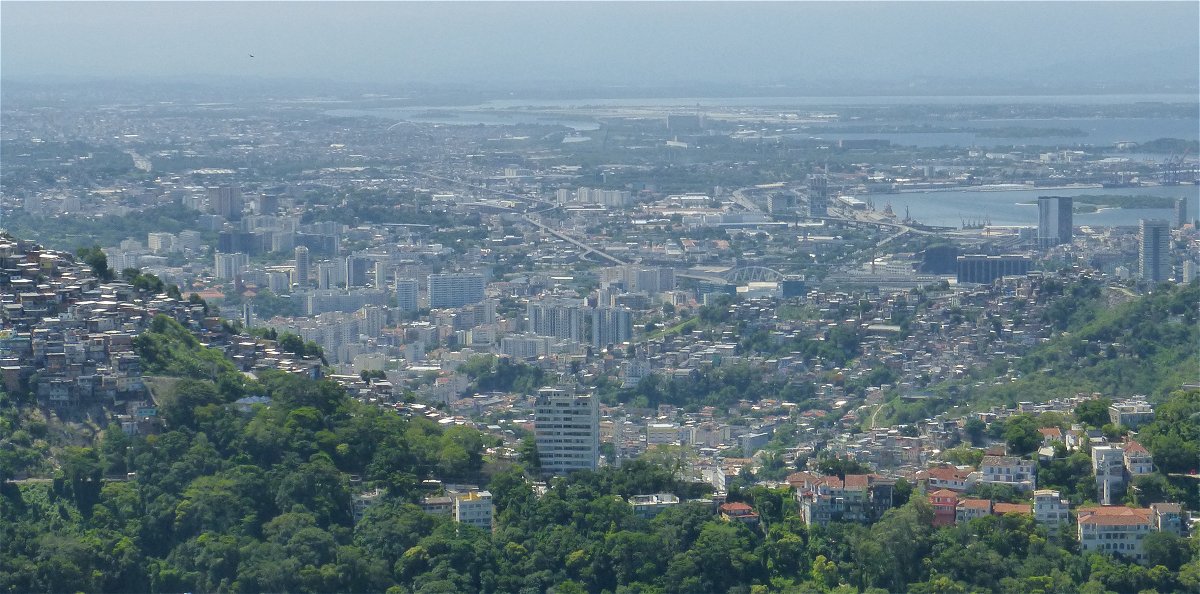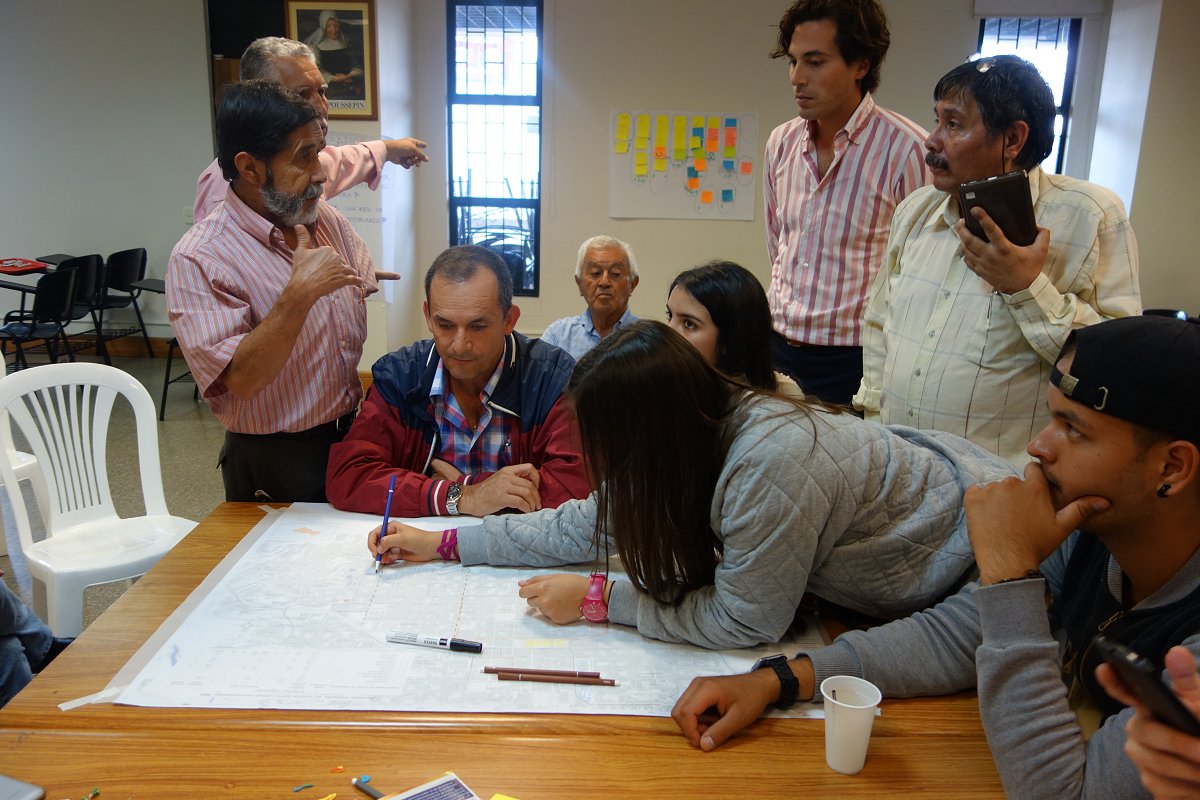Research into the natural growth analogy
Nature doesn’t plan. Favas.net inspired by biomimicry
Favas.net uses biomimicry to mimic natural growth in urban planning. This natural growth analogy enriches our work. Instead of conventional top-down planning we prefer the enhancement of relevant conditions that could favour bottom-up and other ‘spontaneous’ or yet unknown actions, intervention, or the birth of new, unexpected ideas. Still we accept and apply conventional rational planning if necessary, but at the same time we recognise that incremental planning and actions are of great importance in many of our cases.
See also our article ‘Nature doesn’t plan. Urban planning by Favas.net biomimicry inspired’ (June 2016, updates February 2020, October 2022).
- Inspired by nature, Favas.net in Taiwan, Taroko National Park, April 17, 2014
Brief selection of our projects (since 2009)
Aarhus, Gellerup (Denmark), social segregation, connections & access
Amsterdam (Netherlands), several projects (e.g., social housing, support tenants)
Bari/Lecce (Italy), city cycling assessment, network planning
Boston/Somerville (MA, USA), infrastructure, grass roots support
Dhaka (Bangladesh), traffic safety, support local riskas operators
Fukuoka (Japan), incremental planning networks
Ghent (Belgium), renewal social housing management and planning
Hong Kong (China), Chungking Mansions / social segregation, informal economy
Kaohsiung (Taiwan), several projects (e.g., cycling, network planning)
Latin America’s ropeways
Madrid (Spain), case study Lineal / social segregation, informal economy
Manizales (Colombia), urban planning workshops in various cities (e.g. Manizales)
Paris/Grigny (France), case study La Grande Borne
Rio de Janeiro (Brazil), case study Penha / Favelas
Rotterdam (Netherlands), several projects (e.g., transport poverty)
The Hague (Netherlands), several cases (e.g., social safety)

Rio de Janeiro panorama by Roel Schoemaker


